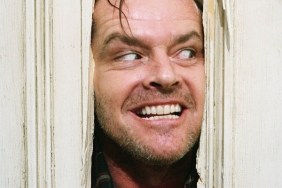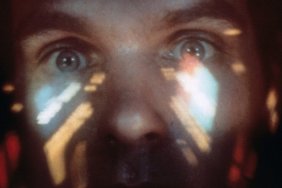Photo: 2001: A Space Odyssey, directed by Stanley Kubrick (GB/United States; 1965–68). Stanley Kubrick on set during the filming. © Warner Bros. Entertainment Inc.
In one of those random moments that made up so much of 1999, R.A. The Rugged Man dropped a track called “Stanley Kubrick” on Soundbombing II. And, like everything that is Kubrick, it was an exquisite fit, though the song had nothing to do with him. It was about life out in Suffolk County where, “Cops frisk us, their handcuffs never fit us. Our wrists turn purple, that’s why we act vicious. Plus if we die tomorrow, won’t nobody miss us.” But the Capital the Crimelord track, the murky yet alluring baseline to the beat that R.A. rode with those lyrics, had a pure “Stanley Kubrick” feel.
Also: Secret Histories | America’s Space History Has Been “Abandoned in Place”
And perhaps that is because the master understood. As Kubrick observed, “A film is—or should be—more like music than like fiction. It should be a progression of moods and feelings. The theme, what’s behind the emotion, the meaning, all that comes later.”

Lolita, directed by Stanley Kubrick (GB/United States; 1960-62). Sue Lyon as Dolores “Lolita” Haze. © Warner Bros. Entertainment Inc.
Kubrick understood the power of impact, of heightening the senses with the precision of the conductor of an orchestra, soaring to operatic crescendos and crashing from precarious heights, taking us along for the ride. The layers of experience, insight, and understanding in a Kubrick film require multiple viewings, or should you be so inclined, additional materials by which to consider his work from multiple points of view.
The Contemporary Jewish Museum presents Stanley Kubrick: The Exhibition, on view now through October 30, 2016, featuring previously inaccessible materials from the auteur’s private estate. The exhibition, the first dedicated to Kubrick’s life and work, features 800 objects including including annotated screenplays, production photography, lenses and cameras, set models, costumes, and props from his masterpieces, including as Paths of Glory, Spartacus, Lolita, Dr. Strangelove or: How I Learned to Stop Worrying and Love the Bomb, 2001: A Space Odyssey, A Clockwork Orange, Barry Lyndon, The Shining, Full Metal Jacket, and Eyes Wide Shut.

2001: A Space Odyssey, directed by Stanley Kubrick (GB/United States; 1965–68). The astronaut Bowman (Keir Dullea) flying through the Star Gate. © Warner Bros. Entertainment Inc.
Kubrick’s genius lay in his ability to conceive and execute a vision with tremendous acuity. A meticulous craftsman, he exerted complete artistic control over his projects, overseeing filming, writing, editing, and music composition. This level of precision and control allowed Kubrick to expand the experience of film into something so visceral it devoured you through the eyes and the ears all at once, luring you into a strange and curious new world.
Stanley Kubrick: The Exhibition covers the full expanse of Kubrick’s practice, beginning with his early documentary films and the little known photographic works made between 1945 and 1950 for the American LOOK magazine. The exhibition includes the costumes for Starchild and the ape, both from 2001: A Space Odyssey, the little dresses of the sisters from The Shining (1980), the survival kit from Dr. Strangelove, and the ‘Born to kill’ helmet of Private Joker from Full Metal Jacket (1987). It also features models such as the war room from Dr. Strangelove, the maze from The Shining, and the centrifuge from 2001: A Space Odyssey.

The Shining, directed by Stanley Kubrick (GB/United States; 1978-1980). Jack Torrance (Jack Nicholson) at the hotel bar. © Warner Bros. Entertainment Inc.
The exhibition, like Kubrick’s films, is eminently satisfying, providing a wealth of insight, knowledge, and wisdom. By seeing the parts that make up the whole, absent the mind that put them together, it’s even more powerful. Kubrick, who died in 1999, knew what time it was, and he dedicated his life to giving us something that, in the long lens of history, is easy to appreciate all the more. ‘Cause he understood what we’re up against, and observed, “Any time you take a chance you better be sure the rewards are worth the risk because they can put you away just as fast for a ten-dollar heist as they can for a million dollar job.”
Miss Rosen is a New York-based writer, curator, and brand strategist. There is nothing she adores so much as photography and books. A small part of her wishes she had a proper library, like in the game of Clue. Then she could blaze and write soliloquies to her in and out of print loves.







